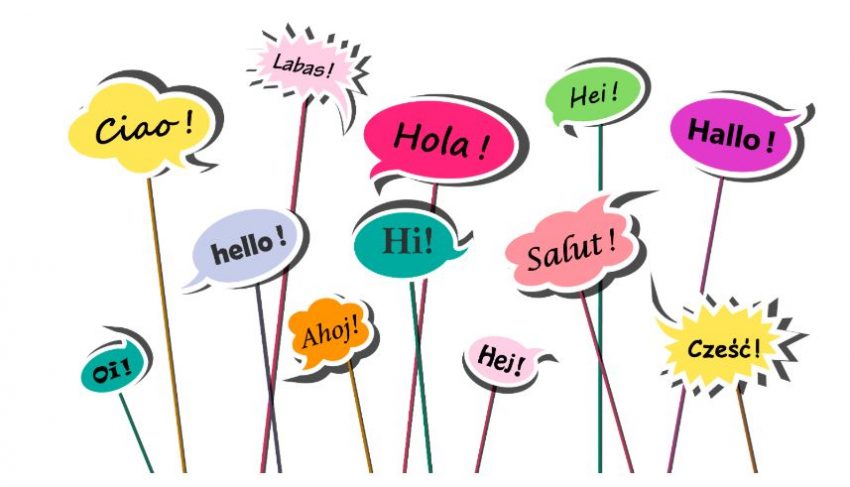For this week’s reflection post, I am going to talk about the chapter, Linguistic Landscape and Language Awareness, as well as chapters six and seven. Out of the nine required readings and videos this week, these were the three that stuck out to me and that I got the most out of!
Linguistic Landscape and Language Awareness
Dagenais et al.
In this chapter, there were two sections that stuck out to me the most. The first one being Linguistic Landscape as Heuristic for Learning and Awareness of the Linguistic Landscape. In the Linguistic Landscape as Heuristic for Learning, it talks about how in Canada activities that occur on this topic can involve quizzing the students on the relationships between the environment and its texts as well as different run i
ns with diverse communities and their social aspects. This goes onto saying how most people believe that when they see certain languages on the signs in their communities like, French and English, that only people who speak those two languages live there. We discussed this in class and talked about how this is incorrect and that a lot of people get the wrong idea. When you are driving in Regina in a less busy area you will notice how most of the signs will be in English so you would think that only people who speak English would go there. However, that is incorrect as many people from different cultures who speak a variety of different languages will go there as well. This is one of the main reasons that Linguistic Landscapes should be taught more in school, so people do not get this wrong idea.
Reference
Dagenais, Diane & Moore, Danièle & Sabatier Bullock, Cecile & Lamarre, Patricia & Armand, Françoise. (2009). Linguistic landscape and Language Awareness.
An Inclusive Learning Environment
Elizabeth Coelho
Something that was talked about in this chapter that caught my eye was when Coelho talked about the importance of encouraging peer support. A teacher plays a big role in making a student feel welcome and comfortable, but students also play a large part in that as well because they spend most of their time interacting with each other. By helping them engage with their fellow classmates, they are able to practice the language in a less stressful environment. By telling your students to repeat themselves or rephrase some of the things they are saying or even drawing pictures and diagrams for them can play a big role in them helping out. One of the things she mentions to do if possible is to place the newcomer with someone who speaks their same language but also speaks English for the first little while. This provides them with that extra help as they are able to translate things for each other. Overall, by engaging them in all of the activities that everyone else does, them being around their peers will be a great asset to them and them learning a new language.
Reference
Coelho, E. (2012). Chapter 6: An Inclusive Learning Environment. Language and Learning in Multilingualism Classrooms. Bangor University, UK: Colin Baker. (p.155-193)
Making Space for Community Languages
Elizabeth Coelho
Although there was a lot of great information in this chapter, I wrote down one thing that I plan on using when I am a teacher with my own classroom. This idea is making a Multilingual Bulletin Board. My reason being for wanting to do so is because it is a way to promote positive messages about inclusion and diversity. This gives the students an opportunity to share their languages with their peers. By including

these little activities and sharing them throughout your classroom, it makes sure they feel welcome as who they are and to not make them feel like we are forcing the English language onto them, making them forget about it.
Reference
Coelho, E. (2012). Chapter 6: An Inclusive Learning Environment. Language and Learning in Multilingualism Classrooms. Bangor University, UK: Colin Baker. (p.193-227)

